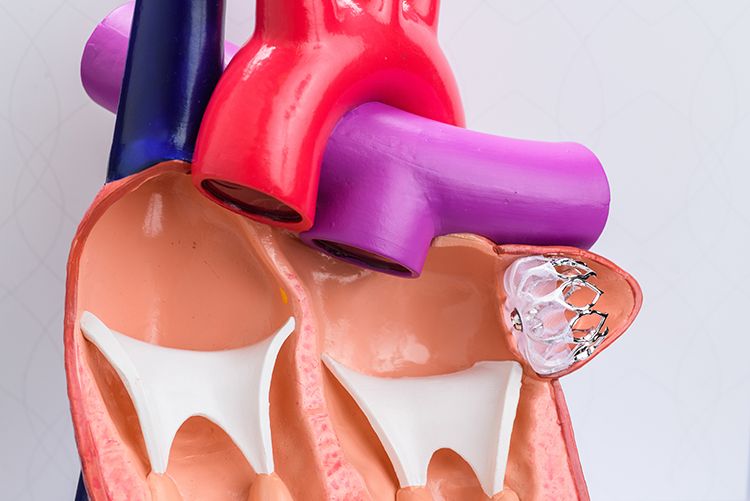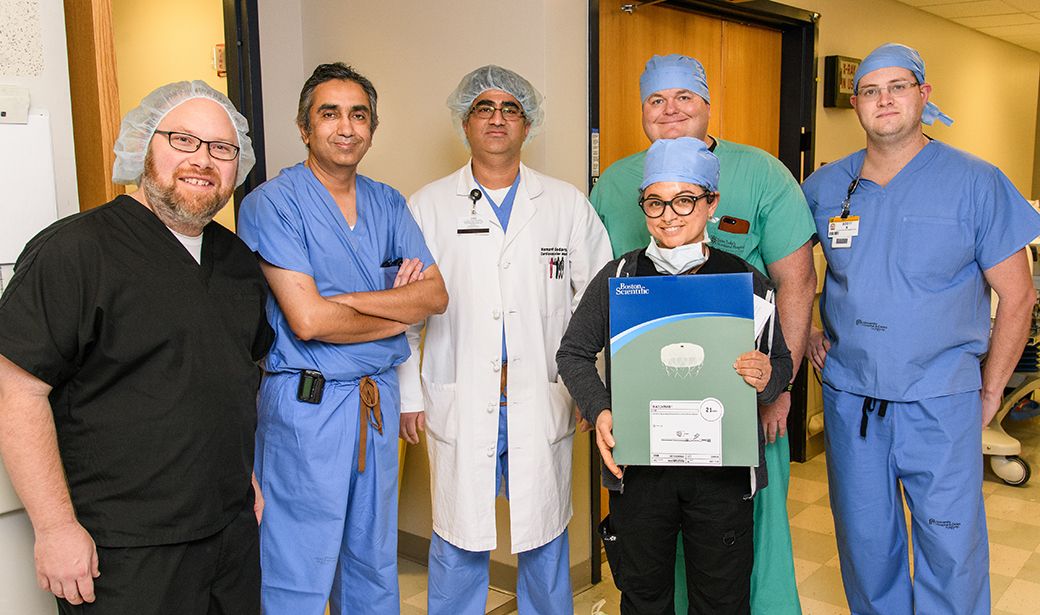Atrial fibrillation is an irregular heart rhythm that can lead to blood clots and devastating strokes. AFib patients are prescribed blood thinners to guard against strokes, but about 10% of them cannot tolerate the medication.
Now, there is a solution for those patients.
MU Health Care offers a left atrial appendage (LAA) closure procedure. It’s a minimally invasive surgery that drastically reduces the chance of strokes for patients with nonvalvular AFib. Sandeep Gautam, MD, and Hemant Godara, MD, perform the procedure.
“It’s an excellent technology,” said Gautam, a cardiologist who specializes in the heart’s electrical system. “It has great promise. I would encourage people to think of it as an alternative if they have problems with their blood thinners, but I do not want them to think of it as something they can switch to if they’re doing fine with their blood thinners.”
The left atrial appendage is a small pouch connected to the upper left chamber of the heart. Gautam said 90% of clots in AFib patients form in that pouch. The Watchman device serves as a small umbrella, blocking the left atrial appendage.

The procedure takes less than two hours and is conducted under general anesthesia. A catheter is inserted in the femoral vein in the groin and threaded to the heart. The cardiologist, with the help of ultrasound imaging, guides the catheter tip to the left atrial appendage and deposits the device.
Patients are required to stay in the hospital overnight. Other than avoiding heavy lifting for a week, they have no other post-surgery restrictions. After six weeks, patients have a follow-up visit to make sure the heart’s lining has grown over the device, forming a solid barrier so clots can’t escape. At that point, patients are weaned to the gentle blood thinner Plavix for a few months and then stop taking blood thinners altogether.
“By definition, when the procedure is done properly and works perfectly, it will prevent 90% of strokes from atrial fibrillation,” Gautam said.



